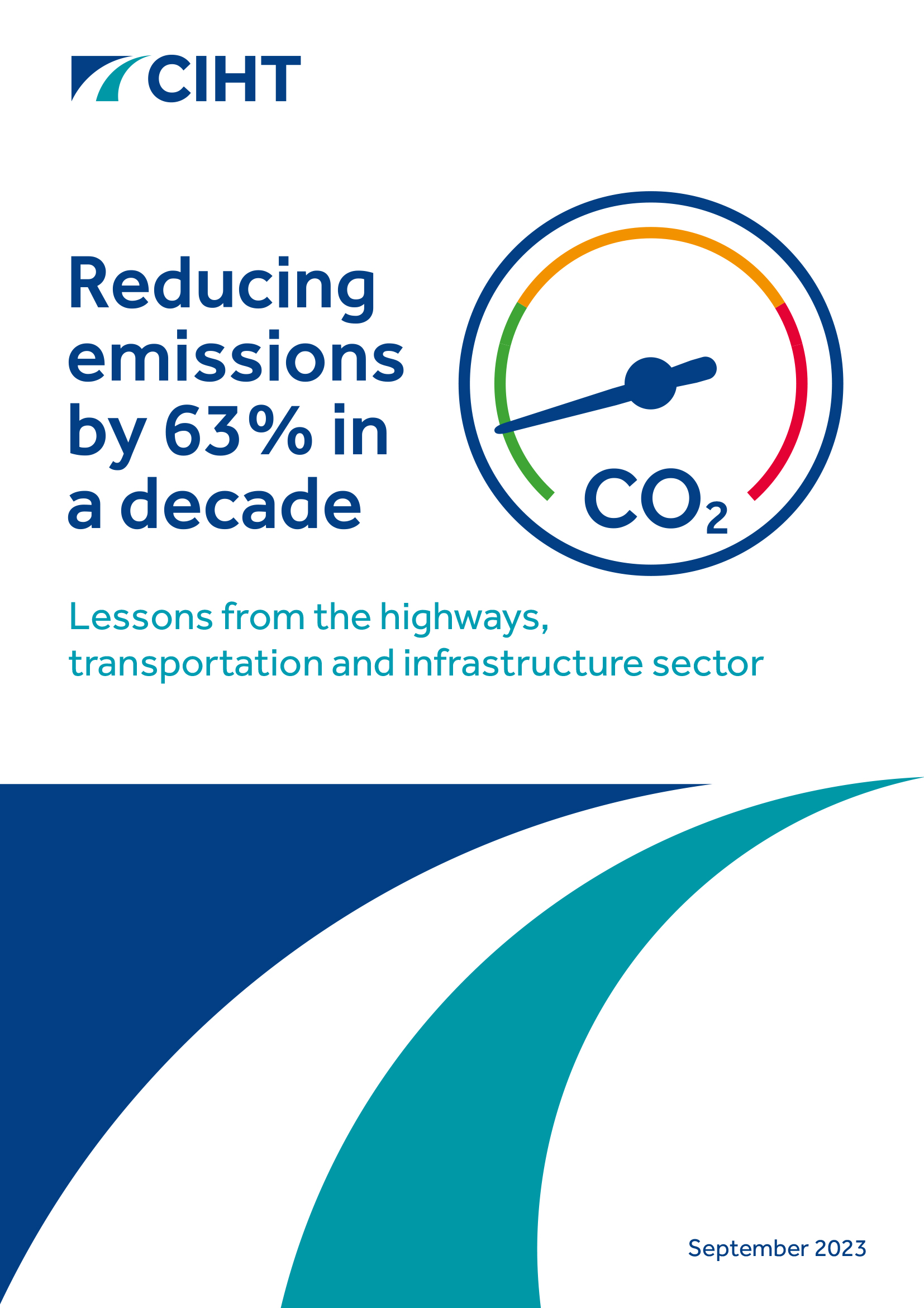Overview
The changing climate is having a major impact on the UK ageing infrastructure. Flooding, higher temperatures, storms and severe weather are more common and accelerate failures and disruptions on the network.
The UK needs a more resilient transport network to ensure reliability for people’s travel and for goods deliveries. This requires future-proofing and maintenance of the transport infrastructure.
This report shows how preparing road infrastructure now is key to long-term resilience, saving costs, and protecting communities and the economy.
What you can find in the report
- The case for investing in resilience to extreme weather events
- The current barriers to building resilience and adaptation in the transport sector
- An overview of the effects of extreme weather on the physical road infrastructure
- A tool to guide practitioners in implementing ad hoc adaptation pathways
- Case studies showing successful physical interventions that can mitigate the impacts of extreme weather events
Key takeaways
- Urgency to act now and be prepared: CIHT calls for adaptation and resilience to be made an immediate investment and policy priority across all governmental transport strategies. There is a risk of significant and expensive infrastructure failures if resilience measures are not recognised as key strategic objectives now. Extreme weather events are happening with increased frequency and intensity – it is imperative that we act now to mitigate the risk of possible losses.
- Funding for maintenance: CIHT calls for investment in maintenance of our existing highways and infrastructure to ensure the continued and efficient use of our transport network. Incrementally adapting infrastructure and proactively maintaining it are crucial for extreme weather resilience and meeting decarbonisation goals.
- Mandatory assessments of the current and future resilience of the infrastructure: CIHT encourages the legislative road authorities of the UK to make it a statutory requirement for all transport asset owners to carry out transport resilience assessments. This will help to identify vulnerabilities in the network, prioritise remedial action and identify who should be responsible. This should also apply to neighbouring asset owners and utilities where risks and impacts are clearly inter-twined.
- Building a nationwide leadership: CIHT encourages the legislative road authorities of the UK to provide coherent and consistent guidance to the sector on how to undertake risk assessments on resilience. There is a need to avoid different operators and asset owners developing their own internal assessments based on different assumptions, leading to non-transferable or non-sharable data.
Access the report






